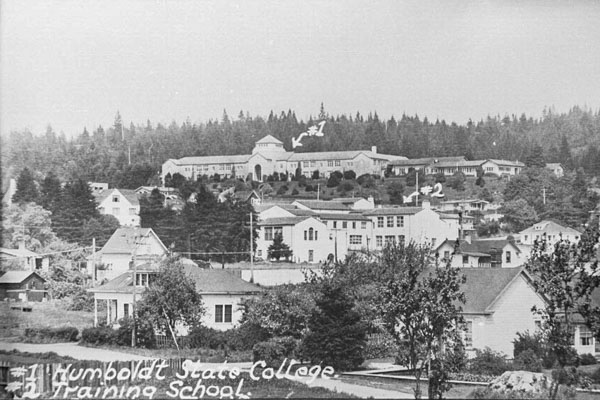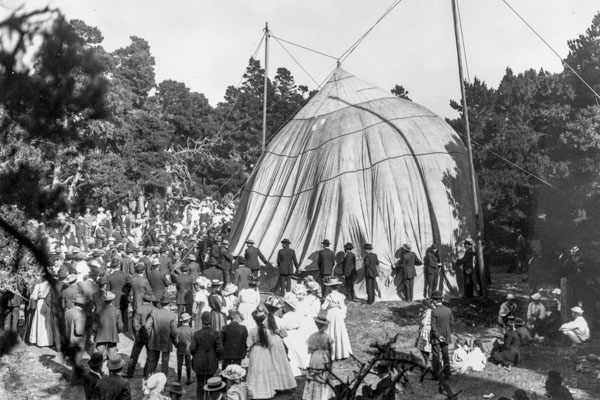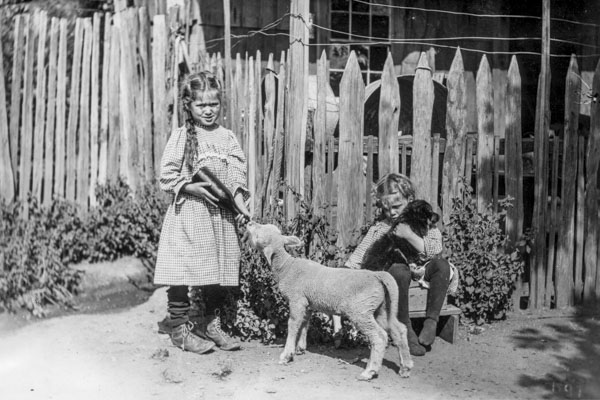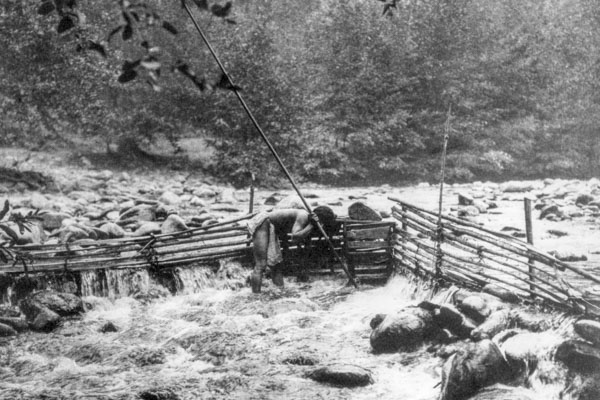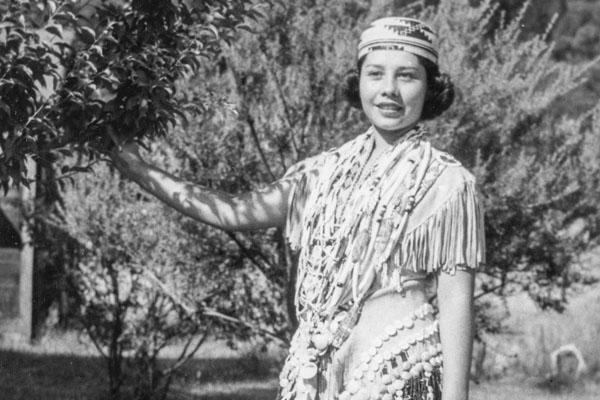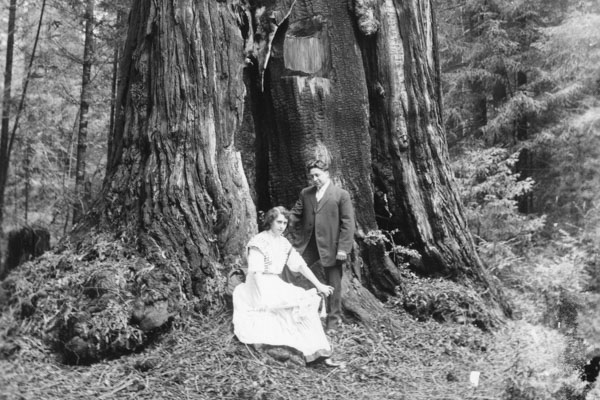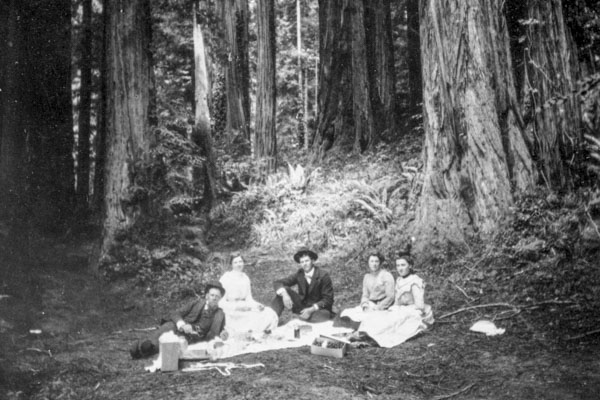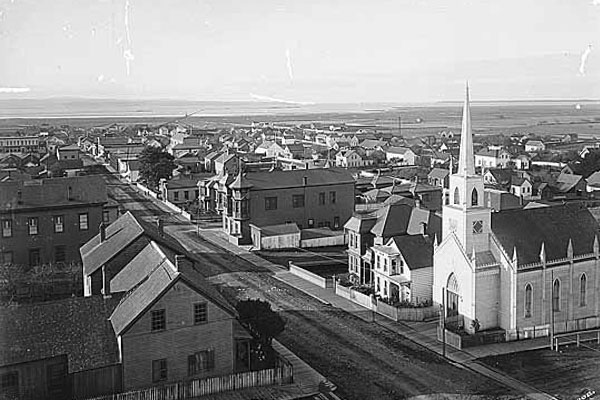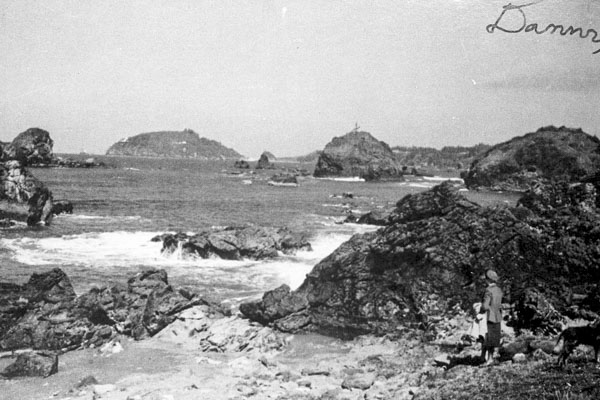You are here
Student Intern Guide: Ethnobotany in the Archives
This bibliography was created by Special Collections Student Intern Bryn Atkins during the Spring 2025 semester based on research available in the Special Collections archives.
Currator Statement
This collection is a research guide that has been curated to enable a deeper guide into early and pre-colonization Forest and environment composition. The purpose of this is to help restoration goals when looking to hold a depper understanding of site composition and historic conditions that should be considered when aiming to engage with environmental restoration. This collection has general parameters that aims to keep it within historic accounts of environmental make-up of the Pacific Northwest drawing from traditional western science perspectives while marrying those with Indigenous accounts, and anthropological texts. In general this collection attempts to focus on accounts and published works that originate before the 1950's however some of the more in depth site descriptions and generalized information may be more recent.
Abstract
This collection includes a wide variety of sources that cover the Pacific Northwest, these sources are not exhaustive and cover western science perspectives as well as anthropological texts, ethnobotanical texts, and traditional ecological knowledge. As a number of these sources are older than 100 years certain terms are present that are considered offensive, furthermore certain portions of the anthropological may contain disproven theories. Many of the older sources that deal with indigenous persepctives or accounts of indigenous maintanence of the environment provide context for how the landscape of the Pacific Northwest has been care for since time immemorial. Fire practices that are mentioned in passing provide information that western forestry and landmanagement practices have only recently considered as viable and valuable tools for environmental care. Species composition and site descriptions that account for the pre-fire exlusion landscape are particularly relevant for environmental restoration efforts as well as understanding the delta in environmental composition today in comparison.
Annotated Bibliography
VEGETATION MAP AND INVENTORY OF OLD-GROWTH FOREST IN HUMBOLDT REDWOODS STATE PARK By Stephen C. Matthew
- The map and inventory of Old-Growth stands within Humboldt State Park that is the focus of this item is more contemporary than many of the other pieces in this collection. This is for some contrast to the other descriptive and historical documents contained within the collection. 1986 is rather recent and will be more descriptive of what the practice of fire exclusion and non-management applications means for Old-growth stands.
OVERVIEW OF THE ENVIRONMENT OF NATIVE INHABITANTS OF SOUTHWEST OREGON, LATE PREHISTORIC ERA By Reg Pullen
- Relevant Pages: 4, III-1-III-3 (Chapter 3 page 1-3), V-1-VI-20 (Chapter 5 page 1- Chapter 6 page 20)
- Page 4 contains a map of the referred to study area of Applegate and the upper Illinois drainages. Following that Chapter 3 provides an environmental description of the location and refers to other previous works that back up their assessments of vegetation and site description. Chapters 5 and 6 cover land management strategies of the Native Tribes and the environmental practices that beget the present flora and fauna. Descriptions of relative location of vegetation coverage in context of location description provides excellent documentation of place and abundance that one might expect to find specific species and their relation to other present species.
TOBACCO AMONG THE KARUK INDIANS OF CALIFORNIA By John Peabody Harrington
- Relevant Pages: 63-66, 77
- This work by Harrington is an excellent example of early ethnobotany that mostly focuses on the uses and Karuk traditions surrounding tobacco. During this exploration of the topic several relevant forestry, cultivation, and cultural practices are discussed in context. This context is a main reason for the inclusion of this piece as it enables some contextualization of forestry composition and practices that allows a greater understanding of the reason why forests in the Pacific Northwest are and were the way they are.
KAROK ETHNOBOTANY By Sara M. Schenck and E.W. Gifford
Relevant Portion 377-392
Description of 239 identified species that are found within Karuk territory. These species are split by family and each entry contains known uses for the species.
ETHNOGEOGRAPHY AND ARCHAEOLOGY OF THE WIYOT TERRITORY By Llewellyn L. Loud
- Relevant Pages: 228-235
- The relevant pages of Llewellyn L. Loud’s work here are generalized descriptions of the northern coast of California and the species of tree and plant that one would expect to find in the area circa 1918. These descriptions are incomplete and passing but do at least note the more important to human consumption as well as those that Loud considered to have utility.
AFTER THE FIRST FULL MOON IN APRIL By Josephine Peters & Beverly Ortiz
- Relevant portion: pages 99-196
- After the First Full Moon in April is an excellent source for plants that are and have been used by the indigenous people along the Klamath in Northern California. The book contains photographs of many of the referenced plants as well as noting whether or not the plant is native, introduced, naturalized, invasive, or unknown. While this piece lacks a more direct composition description it does give a larger view of what important plants are recorded in the area.
NATIVE HUNTING ADAPTATIONS ON THE NORTH COAST OF CALIFORNIA By William Reid Hildebrandt
- Relevant portion: pages 21-30
- The relevant portion of this study contains descriptions of 8 different vegetation communities that are present along the coast of Humboldt county. The 8 described vegetation communities are: mixed evergreen forest with rhododendron, redwood forest, grand fir-sitka spruce forest, coastal cypress and pine forests, coastal salt marsh, coastal prairie-scrub mosaic, northern seashore communities, and mixed evergreen with chinquapin.
NATURAL VEGETATION OF CALIFORNIA
- Maps, 3rd floor (Non-Circulating) ; G4361.D2 1977 K9
TERRESTRIAL VEGETATION OF CALIFORNIA By Barbour and Major eds.
- Relevant Pages: 180-205, 253-290, 339-362, 562-566
- This work gives excellent in depth descriptions of biome environments and varied data points that provide in depth descriptions of biomes and different environmental factors for regions of the pacific northwest and its species distribution. Pages 180-205 hold species and location descriptions for Northern Coastal Scrub and Prairie environments along with classification parameters. Pages 253-290 hold species descriptions as well as floristic description and ranges for conifer species distribution. Pages 339-362 describes the Chaparral biome that intermittently covers much of the foothills and near-coastal interior of California. Along with the typical species makeup description, the widespread and mosaic form that the California Chaparral takes is described in community patterns that groups certain species with others when they regularly coincide in regional cohabitation. The description of how disturbance, particularly fire, affects Chaparral is of great importance when trying to understand the pre-colonization composition and management of the landscape in these areas. Pages 562-566 describe Alpine climates, with the most applicable portions being descriptions of the Oregon Cascades rather than the Southern California regions.
CALIFORNIA ATHABASCAN GROUPS By Martin A. Baumhoff
- Pages: 202-203, 210
- This piece contains on sparse but valuable early colonization site descriptions of areas around the Hoopa Valley reservation as well as species composition observations in relation to indigenous place names. Descriptions of flora and fauna encounters are also included.
A FLORA OF THE OLD GASQUET TOLL ROAD DEL NORTE COUNTY, CA. By Linda M. Barker
- Relevant Pages: 13-17, 20-25, 26-33
- Pages 13-17 describe the vegetation near the titular site in relation to the type of soil that is present at the site, canopy species that are found in relation to their site dominance. Description of plant communities in relation to fire disturbance. Pages 20-25 describe the percentage of floristic endemism as well as listing endemic and rare or endangered plants found within study site. Pages 26-33 give specific and in-depth species descriptions for relevant flora.
CULTURAL AND NATURAL AREAS OF NATIVE NORTH AMERICA By A. L. Kroeber
- Relevant Pages (Maps in Pocket, 13-19,
- A small bibliography is included on pages 14 and 15 that line out vegetation maps dating back to 1898 for the region of concern. A concordance key of vegetation areas found in the maps in the pocket. Description of differences between the maps.
THE CULTURAL ECOLOGY OF THE SINKYONE INDIANS OF NORTHWESTERN CALIFORNIA By Francisco Lassiter
- Pages 57-67, 66 has a map
- Environmental Conditions of Sinkyone territory, terrain description as well as geomorphological descriptions, climate, vegetation dominance, forest cover, riparian zones, coastal prairie descriptions, vegetation compositions, understory dominance, change over time in connection to indigenous cultural ignitions, description of catastrophic wildfire due to lack of indigenous cultural ignitions, specific species that have built up as a result of fire exclusion, and species associations
PATRICK’S POINT STATE PARK: PRESETTLEMENT VEGETATION MAPPING AND SOILS CLASSIFICATION By Bicknell S. H.
- Take into account that the described limited impact of indigenous peoples on fire regime is due to the lack of knowledge of dendrochrolology’s impact on fire history and its ability to distinguish between wildfire and cultural ignitions.
